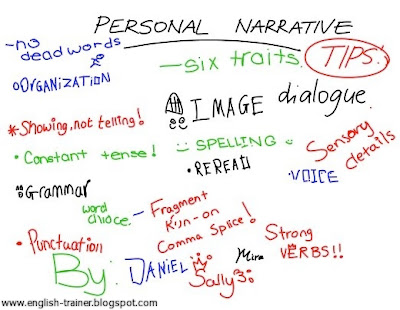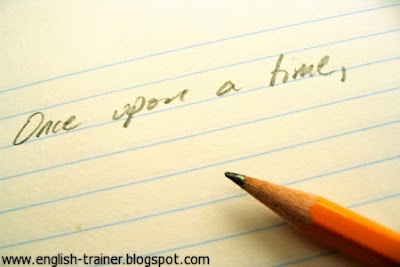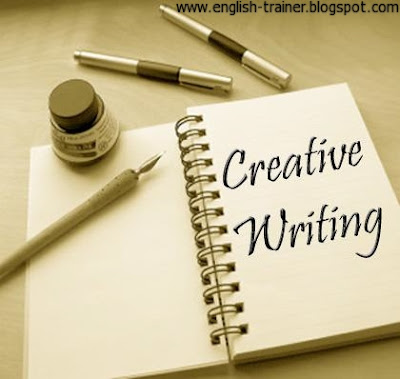When you are writing a narrative essay, you are telling a story that has a main idea or theme. To make your story interesting and realistic, you must include descriptive detail that will help the reader to visualize and experience the story as it unfolds. Create specific detail by appealing to the reader’s five senses: sight, smell, taste, touch, and hearing. For example, if you are writing about a picnic, you might want to jot down details about how the food looked and smelled, the weather, and background sounds.
Avoid attaching vague labels to people, places, and things. For example, a reader can more easily visualize “a robin wrestling with a wiggling worm in its beak” than just “a bird.” Because birds come in all shapes and sizes, if you simply write “a bird,” the reader is left to figure out exactly what kind of bird you are discussing and what it is doing. Besides, the alliteration produced by “wrestling with a wiggling worm” may make the story more inviting to the reader’s ear.
When you are organizing your essay, you have to make a decision about the order in which you will present your major ideas and information. Chronological order is used to write about events in time sequence from the past to the present, whereas reverse chronological order moves from the present to the past. Space order shifts the reader’s attention from one space to another—from left to right, from top to bottom, from above to below, and so on. Space order is ideal for writing descriptions of landscapes, homes,
people and events.

Order of importance is a great way to capture the reader’s attention and build suspense. It can be a helpful way to organize a science or technology paper, because starting off slowly prepares the reader for more complex concepts and ideas.
I hope above mention tips will be helpful to improve your narrative writing and make your essay or story more exciting to read.


